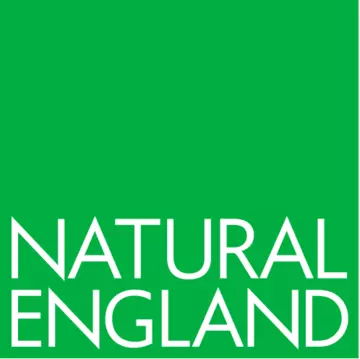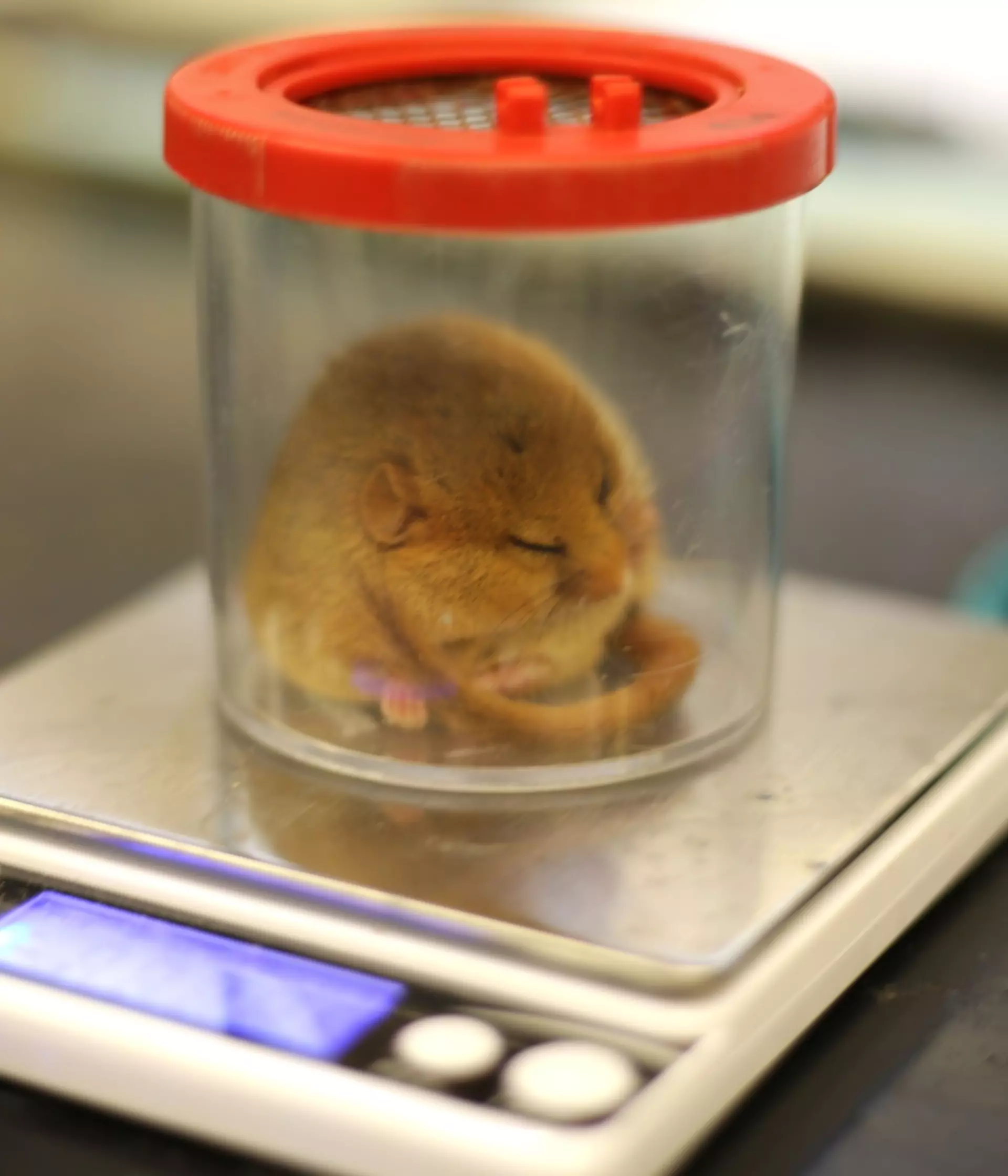
Dr Tony Sainsbury
Senior Lecturer Wild Animal Health
Dr Tammy Shadbolt
Wildlife Veterinarian & Post-Doctoral Research Assistant
Dr Sophie Common
Wildlife Veterinarian | Research Associate
Dr Claudia Carraro
Wildlife Veterinarian & Research Associate
Georgina Gerard
DRAHS Project Manager
Conservation project health monitoring
We are working together with Natural England to provide essential wildlife health monitoring for conservation projects. This is crucial to giving animals the best start possible as they return to the wild, whilst protecting local wildlife. Our health monitoring has contributed to the recovery of over 30 species, providing support to wildlife across the world for over three decades.
Wildlife disease risk analysis
Veterinary work is critical to the success of translocation projects because of the high potential of spreading disease. We provide disease risk analysis to protect translocated animals and existing wildlife populations from infectious and non-infectious hazards. Our actions prevent the introduction of parasites, which can otherwise have a catastrophic effect on immunologically naïve populations.
Wildlife health surveillance
Providing responsible veterinary care for wildlife releases is a huge undertaking. We carry out pre and post release health monitoring on both the introduced and existing wild animals' populations. This can make the difference between success and failure, because we can tackle disease threats before they become a problem.
Wildlife disease risk management
We have been providing insight on wildlife diseases for over thirty years and we are continuing to establish leading disease protection measures to better protect wildlife. These may include enhanced biosecurity recommendations, implementation of quarantine procedures, infectious agent screening and therapeutic regimes.
Success of wildlife disease risk analysis and health surveillance
Before our project began, many wildlife conservationists only applied basic methods to assess the risk of disease in wild animal populations. Through our work and scientific research, we have helped change this. We developed a framework for disease risk analysis which has been adopted by the IUCN as a guideline for wildlife disease research analysis. These guidelines are influencing wildlife conservation across the world, as we continue to advance scientific understanding to find new solutions to protect animals.
Wildlife reintroduction project support
A conservation translocation is the deliberate movement of living organisms from one place to another in order to benefit a population, species or ecosystem. The IUCN translocation guidelines for wildlife reintroductions, provides a starting point to plan effective conservation action. The benefits of a conservation translocation must be carefully weighed against the complex risks, which can affect both translocated species and existing wildlife.
We recommend applying disease risk management and post-release health surveillance (PRHS) to any conservation translocation plan. We provide expertise to support conservation translocation, please get in touch to receive support for your project.

|
Our work is made possible by funding from Natural England.
From wildlife health monitoring to genetic research, as the original science-led conservation charity we are leading a fight for wildlife across the globe. Together we can make a difference, join us on our journey to build a better future.
